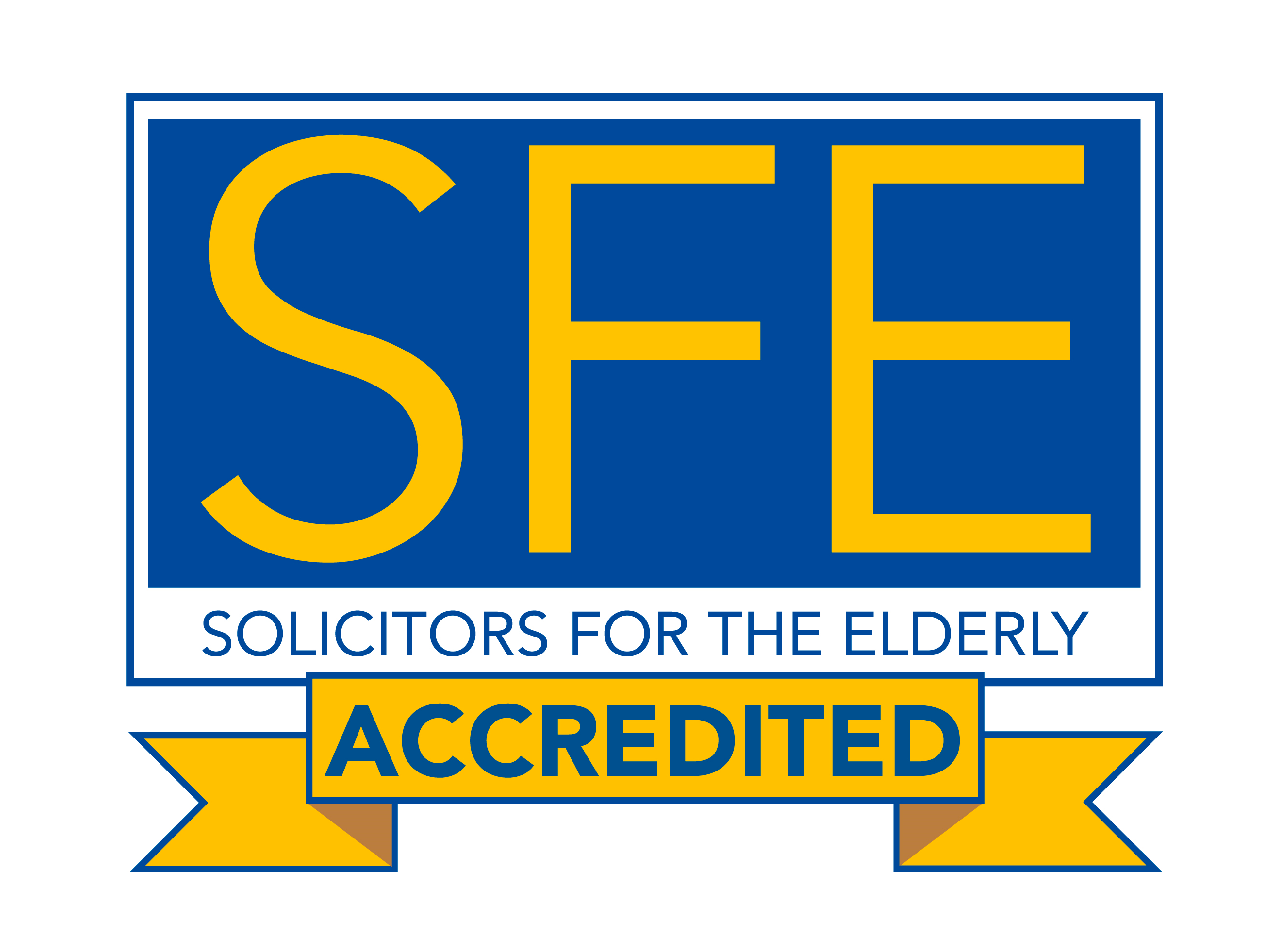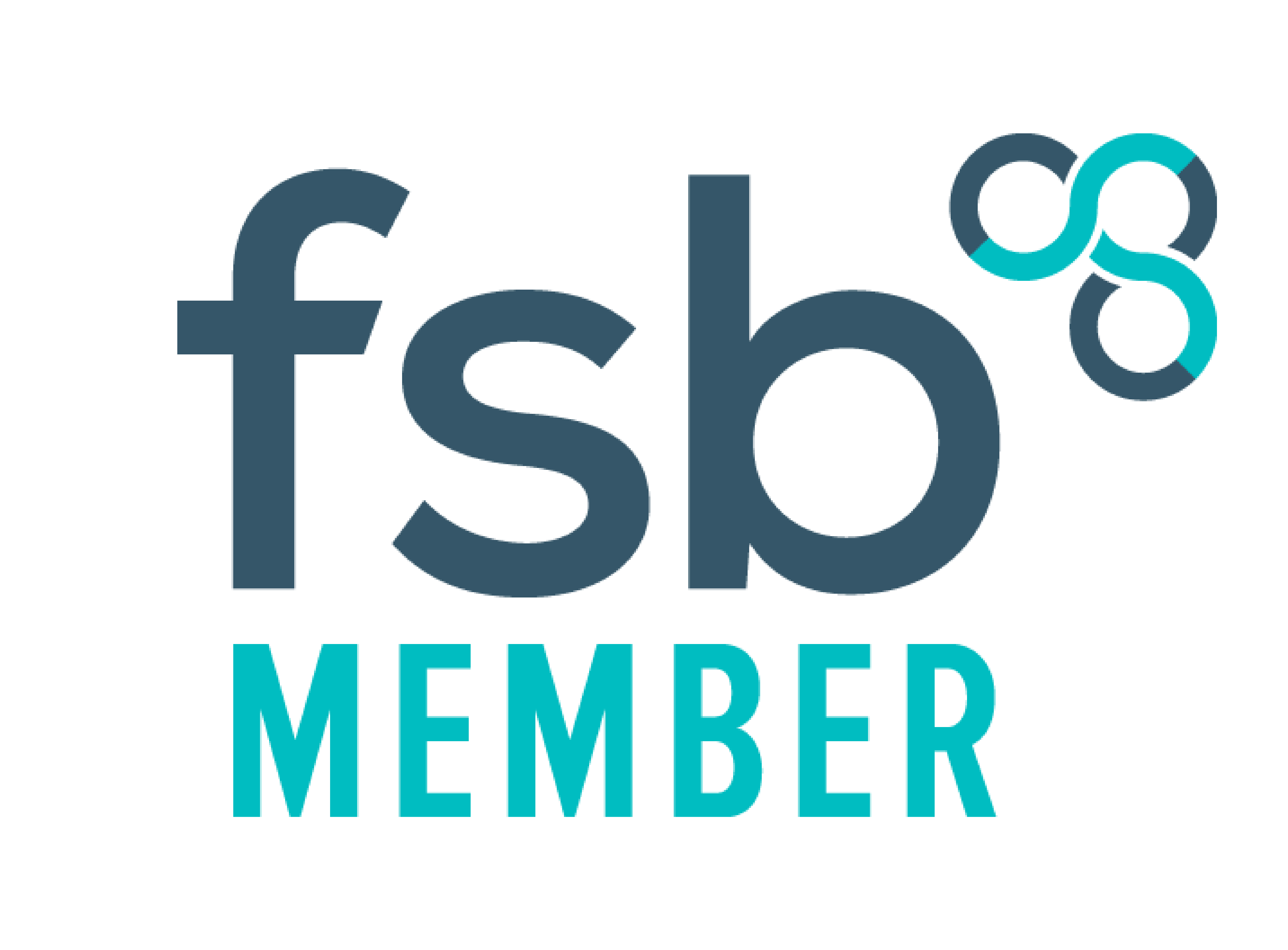We will now investigate the highest level of care needs that are classified within each domain, at the most severe level (‘priority’, ‘severe’ or ‘high’) for an individual to able to access NHS funding.
The first care domain that is assessed is ‘breathing’. Being unable to breathe independently and thus requiring an invasive mechanical ventilation, grades the level of care need as ‘priority’ and makes them automatically qualify for NHS Continuing Healthcare.
The second domain is ‘nutrition – food and drink’. If an individual is unable to take food and drink by mouth and therefore requiring all nutrition by artificial means such as intravenous fluids or total parenteral nutrition or if intervention is inappropriate or impossible, then this is classified as a ‘severe’ need which is the highest level of care need for this domain.
Thirdly, an individual’s needs arising from ‘continence’ are assessed. For needs to be considered ‘high’ an individual is considered to have continence issues that are problematic and require timely and skilled intervention beyond routine care.
‘Skin (including tissue viability)’ is considered ‘severe’ if there is an open wound or pressure ulcer which extends to the bone, tendon or joint capsule or does not yet extend but is not responding to treatment or if there are multiple wounds.
‘Mobility’ is considered ‘severe’ if the individual has a clinical condition where movement or transfer causes a high risk of serious physical harm and positioning is critical, or if the individual is completely immobile.
‘Communication’ is considered to be a ‘high’ care need if the individual is unable to reliably communicate their needs at any time and in any way, despite practical steps to assist them. Needs have to be anticipated because of their inability to communicate them.
‘Psychological and emotional needs’ are considered ‘high’ if mood disturbance, hallucinations, anxiety symptoms or periods of distress have a severe impact on the individual’s health and wellbeing or if the psychological or emotional state of an individual causes them to withdraw from any attempts to engage in care planning, support or daily activities.
‘Cognition’ is considered a ‘severe’ need if an individual has a cognitive impairment such as short or long-term memory issues or severe disorientation to time, places or people. If an individual is dependent on others to anticipate their basic needs and to protect them from harm, neglect or health deterioration because they are unable to assess basic risks even with supervision, prompting or assistant.
‘Behaviour’ is a ‘severe’ level of need if challenging behaviour of severity and/or frequency poses a risk to self, others or property and the risk assessment identifies that the behaviour requires prompt and skilled response that may be outside the range of planned interventions. Progressively, the level of need is considered a ‘priority’ if the risks are so serious that access to an immediate skilled response is required at all times.
‘Drug therapies and medication: symptom control’ is considered a ‘priority’ level of need if an individual has a drug regime that requires daily monitoring by a registered nurse to ensure effective symptom and pain management associated with a rapidly changing and/or deteriorating condition or an unremitting and overwhelming pain despite all efforts to control pain effectively.
The last compulsory domain is ‘altered state of consciousness (ASC)’. The level of need is ‘high’ if due to frequent episodes of ASC, supervision is required to minimise the risk of harm or occasional ASC episodes require skilled intervention to reduce the risk of harm. The level of need progresses to a ‘priority’ if the individual is in a coma or ASC occurs on most days, does not respond to treatment and results in a severe risk of harm.
Lastly, ‘other significant care needs to be taken into consideration’ gives room for discussion of particular needs that do not fall into any previously listed care domains. The DST states that the severity of the identified need still needs to be weighed similarly to the other domains, and therefore having an additional need to any of the eleven previously mentioned does not alone guarantee or make the individual more likely to be eligible for NHS Continuing Healthcare.
As you can see, the priority and severe levels set a very high bench mark, however individuals can still have a primary health care need with two severe levels or a selection of high and moderates.
Reading into the depths of each domain, may raise questions about care you may have experienced or witnessed yourself. Do you think your relative received this level of care at the end of their life? They could have been eligible for NHS Continuing Healthcare funding. Do you think your relative is receiving this level of care for their needs at present but may not be receiving NHS Continuing Healthcare? Care or Not and sister company Plym Legal Services can help with retrospective claims as well as current NHS Continuing Healthcare assessments. Please get in touch if you think that your relative may have been wrongly denied or not even considered for NHS Continuing Healthcare Funding.



